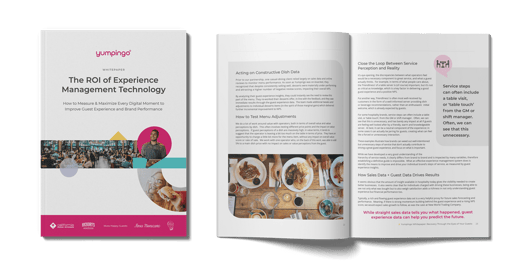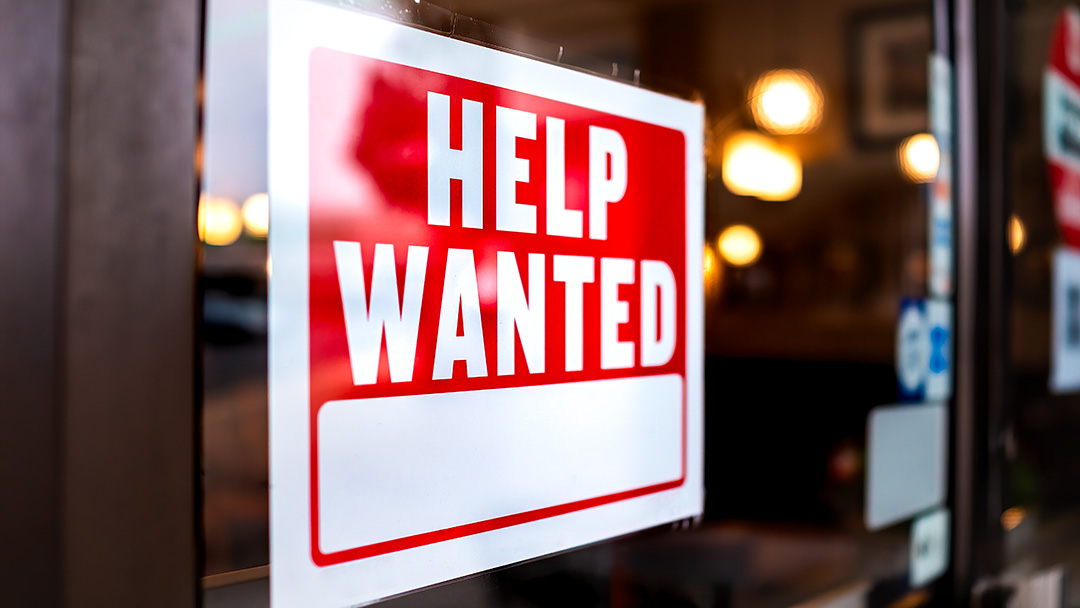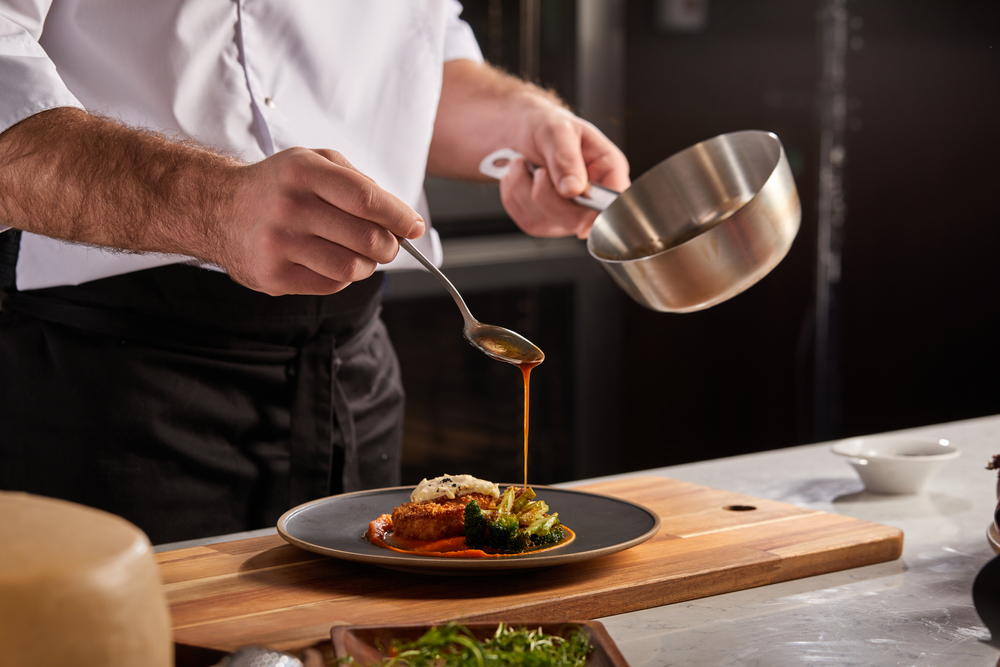How to Ensure and Sustain Restaurant Profitability
Operating a restaurant at a profit is no easy feat. In fact, ensuring and sustaining restaurant profitability is one of the hardest things an entrepreneur can do. Sixty percent of restaurants fail within their first year, and 80 percent shutter their doors within five years.
The industry already had that degree of difficulty before the world-changing events of 2020. It was even more difficult to maintain a restaurant profit during the COVID-19 pandemic, but resilient business owners across the industry adapted and managed to keep their doors open. Now, as capacity limits are slowly lifted and more people get vaccinated, restaurant owners and operators are finally seeing some hopeful signs of recovery. According to The NPD Group, full-service restaurants saw transactions increase 210 percent in March 2021.
But with a fundamentally shifted industry landscape and new guest expectations, business owners will need to be strategic about their approaches to profitability. In this article, we’ll explore a few ways that restaurant owners and operators can work smarter to ensure and sustain restaurant profitability in the months and years to come.
Managing Operational Costs in a Restaurant
Restaurants have notoriously high overhead costs. From equipment and rent to insurance and permits, operating costs in a restaurant add up incredibly fast. There are also many hidden costs — things like equipment repairs that you might not anticipate initially, but will learn to budget for in the future.
But two operational expenses are bigger than any others: labor and food/beverage costs. Labor costs are always top-of-mind because you have to find the right balance — scheduling enough labor to provide great service to your guests, but not so much that it eats into your budget.
Key operational areas to assess and answer:
- From shift to shift, where can you drive greater efficiencies with your team?
- How do you find opportunities to celebrate their successes as well as develop training opportunities for team members that might have areas for growth?
- With inventory, where does the majority of your spend come from? And how much of that is wasted?
Attracting and Retaining Talent in a Labor Shortage
Unfortunately, the restaurant industry is in the midst of a major labor shortage. food-service job demand is currently low across the country. The restaurant industry lost 2.5 million jobs in 2020, and although the industry added more than 440,000 jobs in Q1 2021, there is still much work to be done. Data from the U.S. Bureau of Labor Statistics shows that foodservice businesses are still short 1.7 million jobs from where they were in January 2020.
This means that as guests begin to resume pre-pandemic lifestyles, many restaurant jobs are sitting unfilled. With fewer employees available, some restaurants have been forced to reduce their operating hours or close on certain days.
With the labor shortage, it’s absolutely crucial that restaurants do everything they can to win the war for talent. Traditional recruiting methods like higher wages, referral bonuses, and competitive benefits packages could help your business find new team members in a normal environment, but now businesses need to get creative with their operations.
Technology that harnesses your guest experience data can be invaluable in these situations. With complete visibility into how your guests feel about your brand, you can establish KPIs across all of your locations, highlight the strengths of your team members, and work on their weaknesses through development and training. Short-term gains can be won with the instant gratification that comes from positive guest interactions and reinforced behaviors. Long term, this will help them stay engaged, and most importantly, stay connected to the larger brand mission.
Managing Inventory in Your Restaurant
Labor is the first big cost in any restaurant. Food and beverage cost is the second. Managing your inventory and reducing waste is another critical step in achieving restaurant profitability. Smart inventory management is important for your business’ success, but it’s also important from an environmental standpoint. The U.S. generates roughly 40 million tons of food waste every year — more than any other country in the world.
Restaurant owners and operators must have an efficient, effective system for managing inventory. Doing so not only helps your managers monitor what ingredients are being used throughout a shift, but also to place economical orders for food, beverage, and supply. Technology can assist in keeping track of your restaurant’s inventory, whether you track usage in your Point of Sale (POS) system or a solution specifically for inventory.
But beyond simply tracking which ingredients your restaurant uses, managers need to know what your most popular sellers are so that you can make the necessary orders. And beyond using sales data, restaurants should also leverage guest experience data to understand why they love a certain dish, or how you can make improvements. Optimizing and enhancing menus based on guest feedback can help your brand maintain consistency across all of your locations. But it can also help you make better, more informed decisions about a dish that ultimately optimize your food cost.
Understanding Your Customers to Drive Restaurant Profitability
There’s a lot more to understanding your customers than sales metrics. Guest experience is much harder to quantify because it’s based on emotions — how a guest felt about an experience at your brand, why they felt that way, and what particular actions sparked that feeling.
It’s nearly impossible to truly gauge guest sentiment without collecting a huge amount of specific, granular data and synthesizing it into actionable insights. With a guest experience management platform like Yumpingo, you can measure multiple proof points from thousands of guest reviews connected to a dish’s value, a server’s demeanor, or the quality of an overall experience.
For example, Rosa’s Thai Cafe partnered with Yumpingo to gain a better understanding of their customers. Based on insights generated by thousands of Yumpingo customer reviews, the Rosa’s team was able to identify a selection of starters customers found lacking in perceived value. Armed with this information, Rosa’s management made the decision to reduce the prices of those particular menu items — a move that resulted in a 13 percent increase in unit sales of those items and 5 percent net sales increase overall.
Improving Your Guest Experience
Ultimately, brands that can better understand their guests have a greater chance of producing great guest experiences. And great guest experiences are very valuable for your business — research shows that brands with superior customer experience bring in 5.7 times more revenue than competitors that lag in customer experience.
Why the increase in revenue? Because customer satisfaction builds brand loyalty, directly and indirectly relating to increased sales. If your restaurant can create great guest experiences, you can theoretically convert more return guests. A 2020 study conducted by Cornell University found that satisfaction is directly related to the intention to return to the restaurant in the next 30 days.
With a customer experience management technology partner like Yumpingo, you can connect to a flow of insights that sheds light on every step of a guest’s journey, in real-time and at scale. These insights can help restaurant and hospitality businesses gain visibility into how guests feel about their brand. And if restaurant owners and operators can be armed with the knowledge to influence guest sentiment, they can improve guest experience and drive repeat business.
The Power of Word of Mouth
The happier your guests, the more likely they are to tell their friends about your restaurant. Word-of-mouth is still the most powerful marketing a brand can get, so it’s crucial that you create great guest experiences every single time. Improvements in Net Promoter Score (NPS) have been tied to increased sales and higher profit. In fact, Yumingo’s platform has helped mid-sized brands, on average, increase their NPS by 17 points by providing insights to improve marketing techniques and venue experience.
If you’re not satisfied lately when you calculate profit at your restaurant, it might be time to reevaluate the guest sentiment about your restaurant. Yumpingo can help you create more happy guests across every single shift, every location, every day.
Download the ROI of Experience Management Technology white paper to learn other proven success stories of how brands are ensuring and sustaining restaurant profitability.

Share this:
Subscribe to our Newsletter
You May Also Like
These Related Stories

How to Combat Seasonal, Staffing & Supply Chain Challenges

10 Tips on How to Reduce Food Waste in Restaurants
